Debunking 9 Myths About Eating Disorders
Author: Katy Haney
Do you spend a lot of time body checking in the mirror? Do you get anxious about going out to eat with other people? Do you have negative feelings about the way you look? You might meet criteria for a diagnosable eating disorder, or you might find yourself struggling with insecurity, self-esteem, and confidence- all things that can influence unhelpful thoughts about food and our bodies.
Eating disorders are influenced by biological, psychological, environmental, and cultural factors. Let’s be clear though, less than 5% of individuals possess the “ideal body type” we see through the weight biased media! Which means, we aren’t being told that different is okay! We are sold an unrealistic, biased standard of attraction that is oppressive, pits individuals against one another, does not celebrate diversity, and leaves many filled with feelings of shame and insecurity.
In this blog, I’m going to be debunking some common myths about eating disorders.
1. Eating disorders are a white, young, thin woman’s problem.
False. Eating disorders impact LGBTQIA+ folks and Black Indigenous People of Color due to their position of living in a heteronormative society that elevates the thin, white, female, able, cis-gendered body. Eating disorders impact all ages, shapes, and sizes. Cis-gendered men are also just as likely to suffer from disordered thoughts about food and body. Our bodies can shift based off medications, co-occurring mental health struggles, health diagnoses, and life transitions, which means disordered thoughts about our bodies can affect anyone, and at any time.
2. To get help for an eating disorder, you must be “sick enough,” and meet exact criteria for an eating disorder.
False. People who get help for an eating disorder later in life report wishing they had sought help sooner. Food, body, and exercise struggles fall on a spectrum- there is no line of sick enough or not sick enough to get help. We live in a society that influences us to constantly body check, count calories, steps, and doesn’t give us a break from thinking about the way we look in a photo or the ingredients in our next meal. Learning to cope with those narratives and develop a healthier relationship with our body, food, and exercise is the goal.
3. It’s all about the food and/or exercise.
False. Eating disorders are creative coping mechanisms to handle the trauma of everyday life including the oppression of sexism, racism, heterosexism, and cissexism. Although food and/or exercise might be part of the experience, often, eating disorders are a way to survive in a world that is constantly telling you that you don’t belong and you’re not good enough.
4. Eating disorder recovery is not possible.
False. Intrinsic healing is possible when we stop putting pressure on extrinsic change. Recovery doesn’t mean we have to love our bodies every day. We can practice body neutrality on our journey towards radical, liberating self-love. Our healing is made possible through the dismantling of fat-phobic narratives in society that are embedded in oppression against differences. All bodies are GOOD bodies, our personal healing is made possible through this belief that promotes collective healing.
5. All health care + mental health professionals are educated and equipped to treat eating disorders.
False. Many health care professionals will only flag low weight as a concern for an eating disorder because this is the stereotypical eating disorder body. Mental health care professionals can buy into the same stereotype. For example, a friend gave me permission to share her experience during a therapy consultation in which the provider told her regarding her eating disorder “you’re not anorexic skinny… you look healthy.” This rhetoric is embedded in harmful, false, shaming stereotypical language about eating disorders.
6. All eating disorders are the same.
False. Every eating disorder is unique to the individual person. Just because your struggles with food, body, and exercise doesn’t look like what you think is an eating disorder, doesn’t mean you’re not struggling! It’s also important to recognize that a fat, Black, queer woman has many identities that add further layers of oppression, and their eating disorder experience must be contextualized by how they move through the world differently from a White, thin, heterosexual, cis-gendered woman.
7. If someone has diet restrictions, they have an eating disorder.
False. Rather than assuming a specific diet automatically means someone has an eating disorder, we must remember our relationship with food is impacted by our culture, values, and health diagnoses. We must consider those factors and remember that we are not the body police! However, keep in mind, dieting and compulsive exercising are some of the greatest risk factors for developing an eating disorder.
8. You can’t eat the dessert. You can’t eat gluten. Fried food is bad for you.
False. My own healing from an eating disorder required a lot of exposure to “fear foods.” I am a big proponent of healing our minds from having a binary relationship with food in which we moralize it as good or bad and place it in can or can’t categories. This is where we can get into the suffering mind of food guilt and repentance. I ate x so I need to compensate by doing x.
9. Eating disorders aren’t high risk.
False. Out of any psychiatric disorder, eating disorders have the 2nd highest mortality rate.
Having a physical component is an important reason to seek professional help because eating disorders often worsen over time. At AGP, we can work with you to develop new coping skills while healing your relationship with food and your body. Reach out today for a free consultation!

